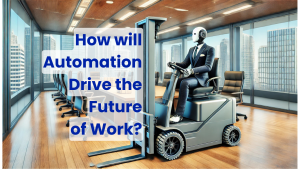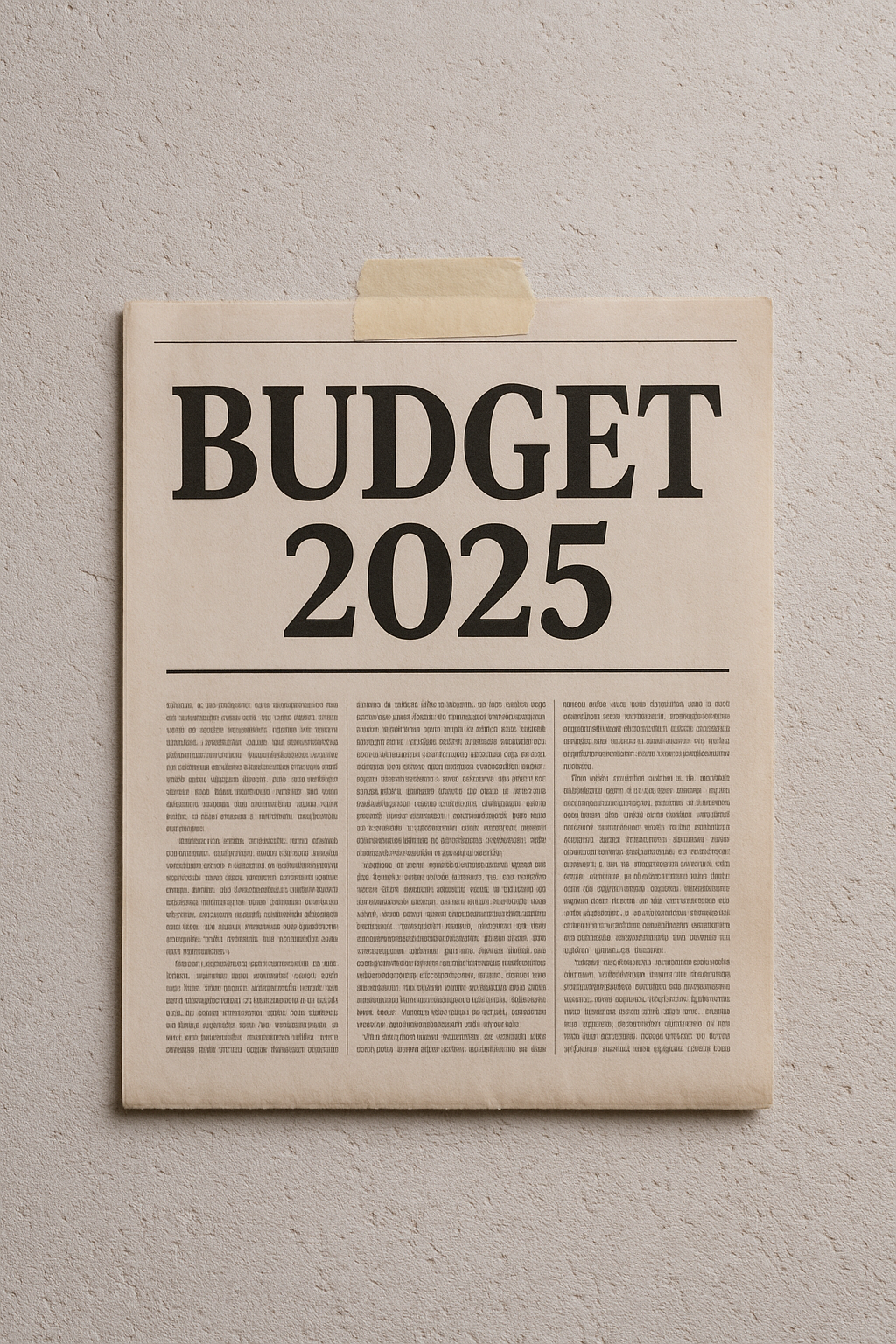How Will Automation Drive The Future of Work?
Answer – with Bots, AI and people working side by side!

The Last Few Years in a Nutshell
The pandemic forced us all to adapt from the physical to remotely digital. This spurned numerous workplace shifts including the Great Resignation, the four-day week, the Great Unretirement and Quiet Quitting. A mass change that continues to sweep our work forces.
Truthfully, even now, the global economy still remains a complete mess!
Despite not being as bad as predicted, we’re still well into a global recession with strikes and unrest. Not to mention the rising costs (yep, they just keep going up!). And let’s not forget the harsh NI increase for employers. Moreover, whilst the government (in the UK) continues to flounder and fight over nothing particularly helpful, you might be wondering what the heck will be next. Me too!
This dreadful combination of factors has forced most of us to reconsider and replan how we will operate and resource our businesses this year and beyond. Frantically brainstorming how to at least survive these tough times, and ideally thrive in them. Out of chaos comes opportunity, and necessity is the mother of invention.
And that leads me to think more about the future of work, what might be needed and where businesses ought to focus next. I have spoken to many different companies, to their founders, owners and leaders about what they think too. From these conversations, a few thoughts have been gathered about the future of work, along with the people and technology trends emerging which may help shape it.
The Rise of Hybridised Work
The combination of people, Bots and AI…
As labour and productivity challenges extend into this year and beyond, employees will hopefully move beyond the fear of Bots and AI coming to take their jobs (that’s not what they’re here to do). Ideally, there will be an all round acceptance of Bots as digital co-workers that can augment and change the future of their work for the better.
If people can learn how best to work alongside Bots and AI, they’ll achieve new levels of productivity and be free to explore new opportunities in the organisations they work for. They’ll be given freedom to explore the 4-day week. To upskill or re-skill and take on jobs that are more enjoyable and rewarding. Let’s not forget there will be less stress, and a counteract to the quiet-quitting trend. This will also give people the opportunity to learn more about Bots and AI. They may even become experts in this field and become the Bot Wranglers of tomorrow. And with a lot of people working from home offices these days, it could also mean that physical visits could be more meaningful and socially engaging, which can only benefit everyone.
Despite many businesses sustaining or even growing topline revenue, the 40-year high inflation levels are eroding bottom line profits. Therefore, with a more effective combination of Bots, AI and people, businesses of all size could reduce operating costs and generate new value necessary to deliver the company performance needed to remain competitive.
The Time to Redesign Work
With the rise of Bots, AI and People working in unison, I expect more and more boring, mundane, repetitive work to be handed over to Bots. To give time for the jobs of the future to be reimagined and brought into being.
Bots alone can handle deterministic and programmable work. But, once we add AI or Machine Learning, even many of our decision-based and probabilistic tasks will start to transition to our digital co-bots too.
This will have two major effects. Firstly, the obvious cost savings and productivity gains. These will be available to not just large companies with high volumes, but to SMEs also. The second major effect, is that resources can be retrained, upskilled, and redeployed to more useful and value-generating work. Thus, the roles of the future will begin to evolve. For instance, the last decade gave rise to the social influencer. Perhaps the accountants of the future will become the true commercial influencers they’re destined to be. To aid business to understand and use the information that the Bots and AI produce for them.
With our team at Bots For That, we’ll be able to do work we couldn’t before, because we simply didn’t have the time or resources. A range of new roles and new work will be possible, with our automation technology enabling it all and levelling the playing field for us all to exploit.
The Chance to Reduce Workforce
Contrary to what’s mentioned above … Bots have always been promoted as automating tasks and not replacing people or jobs. BUT (and I’m going to be controversial here) there is a suggestion that not only is it possible, but I predict some companies will begin to replace some jobs with Bots. With the ongoing labour shortages and a widening skills gap, it will be the best move for some companies.
Some likely examples could include customer contact centres, shared service and outsourcing centres. These are where the work is highly robotic and repetitive and could very easily be done end-to-end by Bots.
AI Governance
ChatGPT is still considered a revolutionary development in the world of AI, and other companies have followed suit. If you haven’t tried ChatGPT yourself, give it a go! My suggestion is to ask it to write you a poem about a day out or your favourite past-time. Anyway, the application of AI for every day use is most definitely on the rise and it’s incredibly powerful stuff. But, as the saying goes, with great power comes great responsibility.
AI now underpins almost every aspect of our lives. It is used to inform and impact all of us, whether we realise it or not. Everything from our movie and music recommendations to our agriculture, political, educational, travel and legal systems. And so, AI is going to need to be both explainable and responsible in the future.
Enter, the AI watchdogs with some much needed regulatory scrutiny. Documents such as The Artificual Intelligence Act and the Blueprint for an AI Bill of Rights. The purpose of both is to ensure that AI is being used responsibly, and that decisions AI and algorithms make can be explained so we understand how outcomes are decided upon. For example, if you ask ChatGPT to write an article about a particular topic, AI will use data already created in the real world. If the outcome also lists its sources of reference and how this was used in writing your article, it should reduce your risk of litigation from plagiarism or theft of another authors IP.
Fad or Future
Two major changes to our normal working practices resulted from the pandemic: remote working and the 4-day week.
At the end of the lockdown, it was estimated that only 15% of workers returned to the office with official unlocking. In 2023, 57% of managers told Indeed they would now be expecting employees to return to the office full time. However, it seems employees are too used to hybrid and remote working, as 42.6% of employees have stated that they would quit their job if they were told they’d have to return to the office full time.
Some companies have adopted, or at least tried, a more prescriptive stance. They have stated they expect staff to return to the office at least 3 days of the week, if not full-time. But still, not all workers are satisfied with such changes.
There are pros and cons for this approach, and I can see and appreciate both sides of the argument. As one of many who met their partner at work, I wonder what impact this will have on office romances. But this is no doubt good news for some! Working from home simply isn’t an option for many. But, are we in danger of creating even more divisions in the workforce which may result in shortages or surpluses? Only time will tell, but I think that we’ll all miss out on some really valuable experiences in the long-run. I think that more regular, scheduled, but very focused and purposeful office gatherings will eventually become the norm.






Leave A Comment